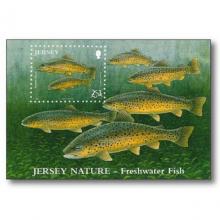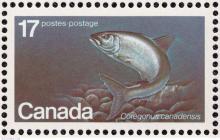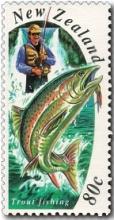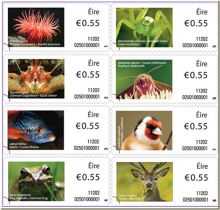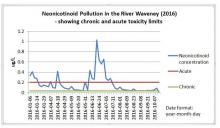Fischsterben gefährdet Fischereiverein Thur im Kanton St. Gallen
Was in der Thur unterhalb von Bütschwil vor sich geht, klingt wie ein Krimi: Seit gut vier Jahren sterben dort jeweils von Ende Juli bis im September zahlreiche Bachforellen. «Ich schätze, dass wir seither 80 bis 90 Prozent von diesen verloren haben», sagt Markus Brunner. Er ist Hobbyfischer und Präsident des Fischereivereins Thur, der diesen Abschnitt des Flusses vom Kanton St. Gallen gepachtet hat und im Februar sein 125-jähriges Bestehen feiert.

